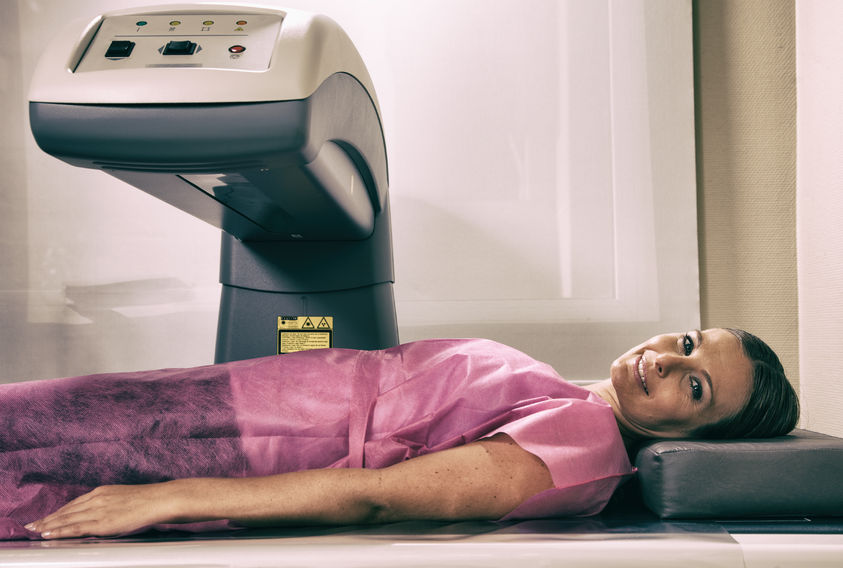Dexa Scan: Bone Density Tests for Osteoporosis
Osteoporosis affects bone health and strength, and can lead to painful fractures, a problem most often affecting people sixty years old or older. It was difficult to identify or treat the early stages of osteoporosis prior to the development of an advanced scanning technology, Dexa scan. This scan can detect fragile bones to help you avoid the risk of fractures.
What is Osteoporosis?
Just like other cells in your body, the cells in your bones are constantly in a cycle of dying and regeneration. Osteoporosis occurs when your body no longer replaces bone cells as quickly as the cells break down. As a result, the bones become fragile and brittle, and far more susceptible to fractures and other problems.
People who have developed osteoporosis can experience bone fractures from mild activities like bending over or coughing. Symptoms of osteoporosis include:
- Back pain
- Hunched posture
- Loss of height
- Fractures
Osteoporosis affects men and women of all races, and typically occurs later in life. Caucasian and Asian women are known to be at higher risk. You may be able to delay the onset or advancement of osteoporosis by maintaining a healthy diet and engaging in consistent exercise.
What is a Dexa Scan?
Also called dual-energy X-ray absorption, a DEXA scan uses radiation to analyze bone density. The device measures how much of the radiation passes through the bone, to provide accurate data on the degree of bone density in the area scanned.
The device used for the scan is small and easily passed over the body. The entire scan takes about 10 to 20 minutes to complete and is not painful. The device is usually focused around your hip and spine but can also be used on the forearm.

When to Have a Dexa Scan
Men and women are more likely to develop osteoporosis after age 60. A Dexa bone density scan may be appropriate as you approach age 60, particularly for those at higher risk of developing the condition.
Osteoporosis is linked to your genetic makeup. Genetics also affects the age at which you will reach peak bone mass. Familiarize yourself with the symptoms of osteoporosis and listen to your body, particularly if there is a family history of the condition. Dr. Heiden can discuss the test with you and your family history to determine if a Dexa scan should be performed.
Benefits of Bone Density Scans
The quick and easy Dexa scan has many benefits for those who are at higher risk of developing osteoporosis. The scan is simple and non-invasive, with no anesthesia required.
The Dexa scan is one of the most accurate methods of testing bone density and carries no negative side effects. The amount of radiation experienced during a bone density scan is minor, only about one tenth the quantity in a typical chest X-ray. Quite simply, this test can help you identify bone density loss and avoid the risk of fractures.
Understanding Your Dexa Scan Results
Your results are evaluated with a “T-score,” which compares your bone density to that of a person age 30. The score can be interpreted as:
- Score of -1.0 or above indicates normal bone density
- Score between -1.0 and -2.5 indicates low bone density
- Score lower than -2.5 indicates osteoporosis
Other times you may receive a Z-score, which compares your bone density to a person of your age. Heiden Orthopedics will recommend treatment based on your score and current lifestyle to help maintain better bone health, as well as treat fractures associated with osteoporosis.
3 Comments
Permalink
How come there was no mention of my wrist, arms legs knees ankles
In the dead scan
Permalink
Hi Jayne,
There are full body DEXA scans available, however you can also get DEXA scans on specific parts of your body. It sounds like your doctor may have ordered a DEXA scan for a specific body part that did not include your wrist, arms, legs, knees or ankles. Reach back out to your doctor to see if they would be willing to send another DEXA scan order that includes your desired body parts.
Permalink
Already have osteoporosis. Thank you for the information. It’s helpful and I’m now aware of what it is, the diet and what to expect when I see a doctor.